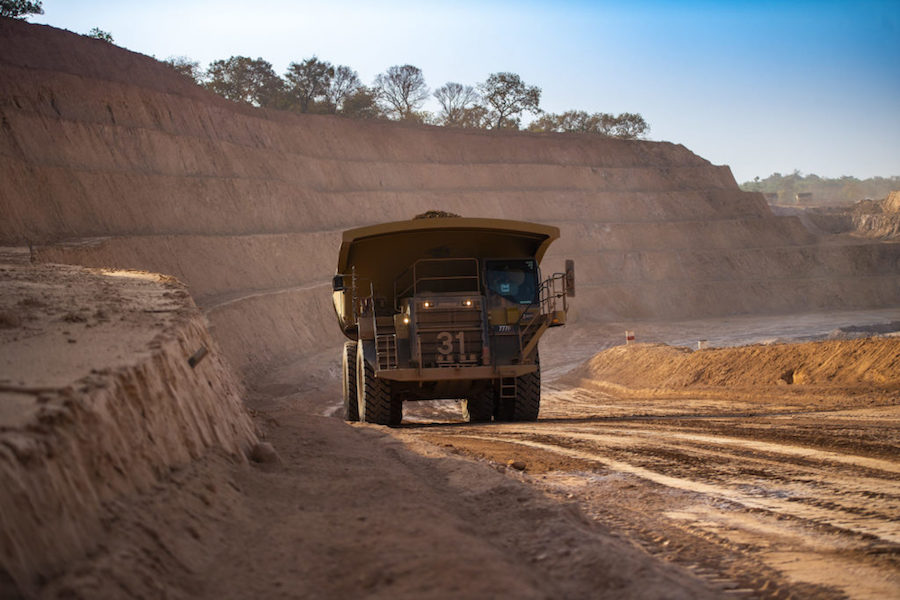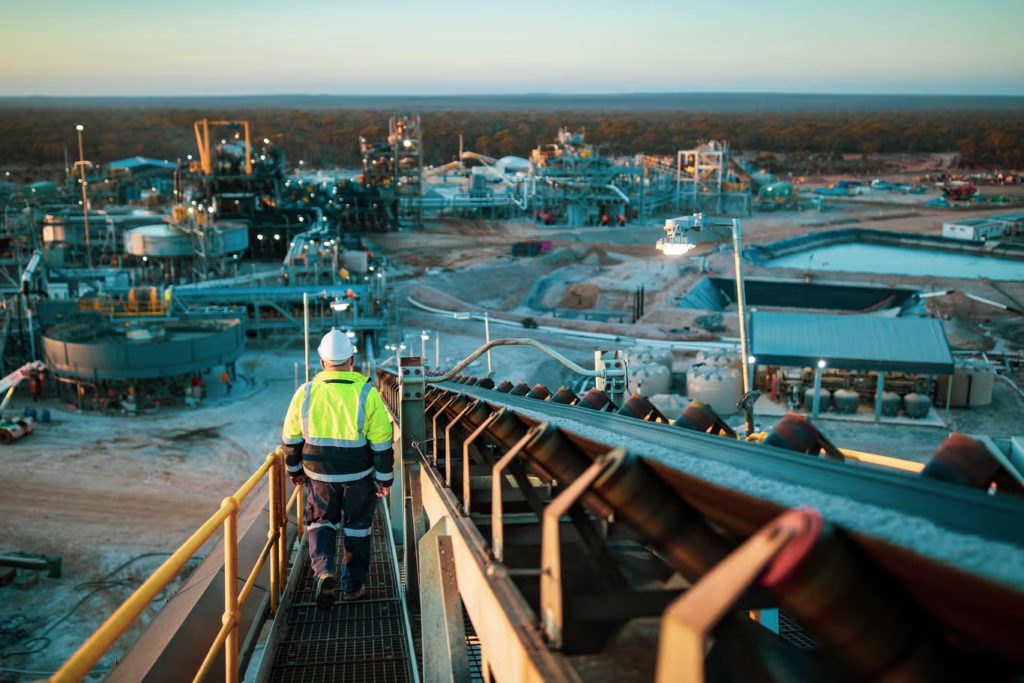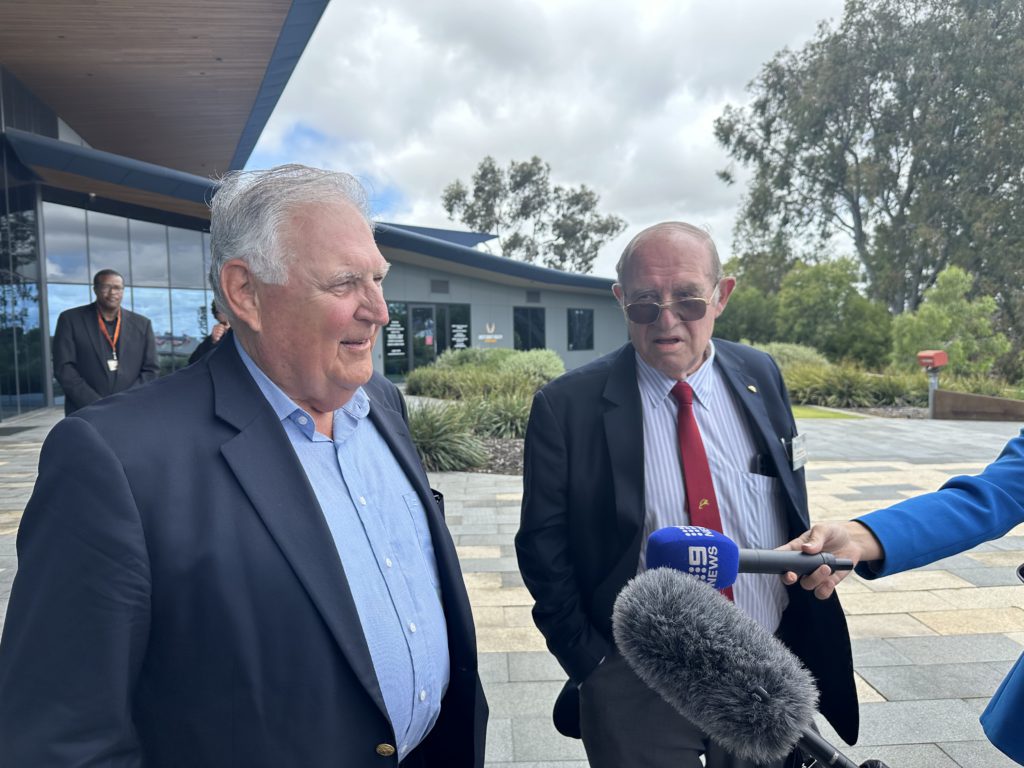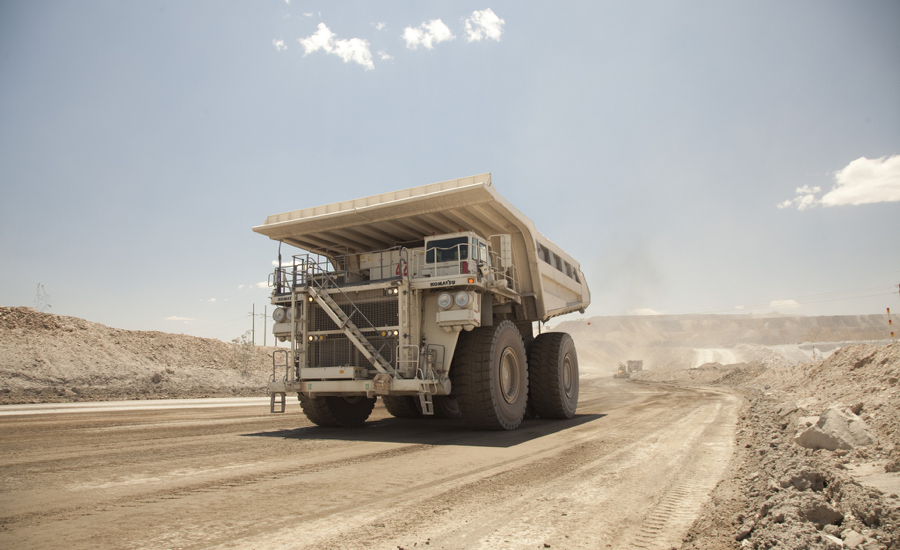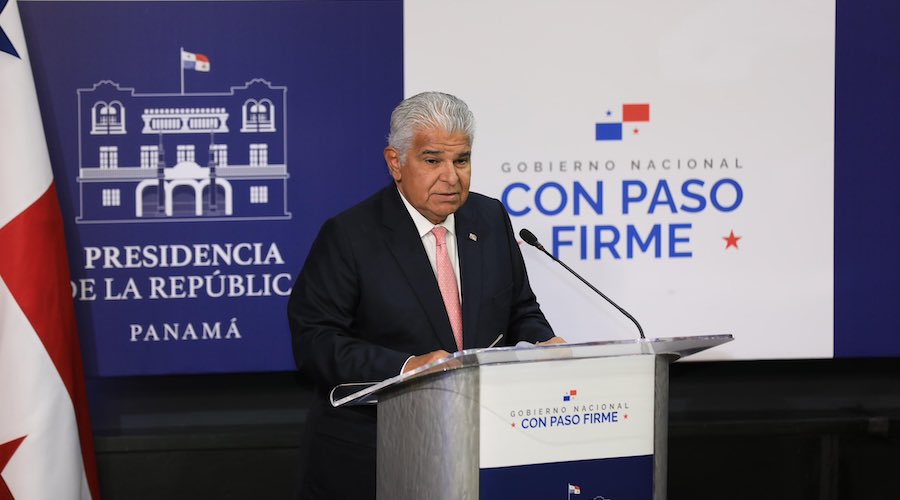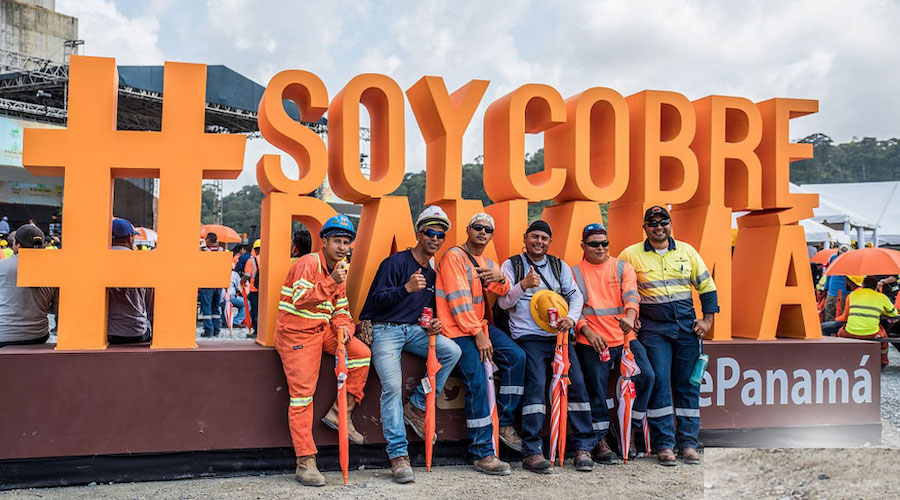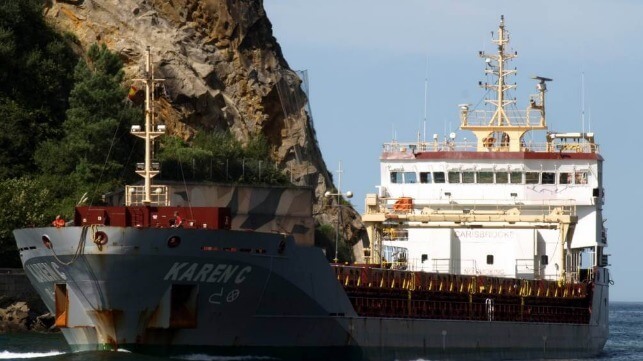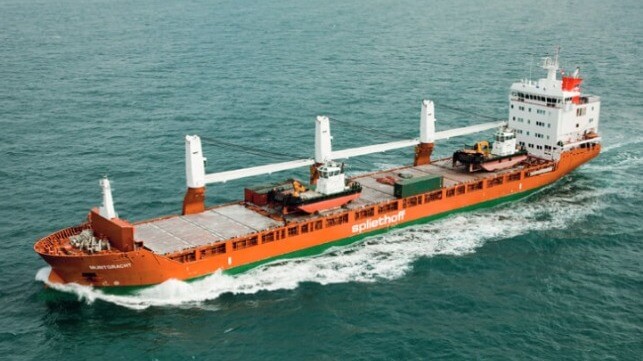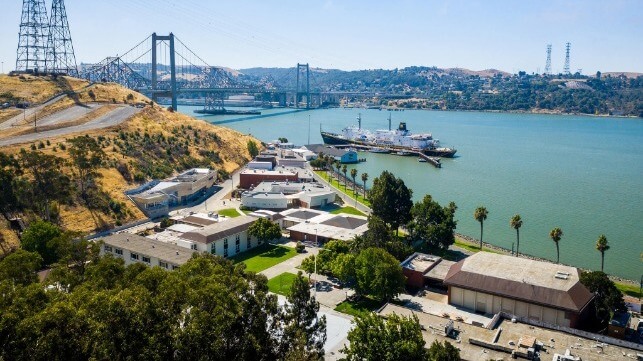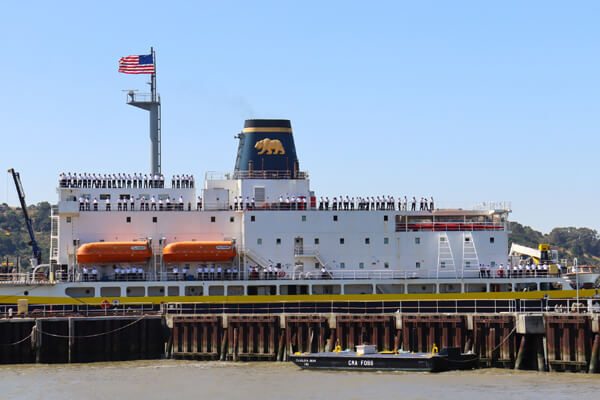Reuters | November 22, 2024 |
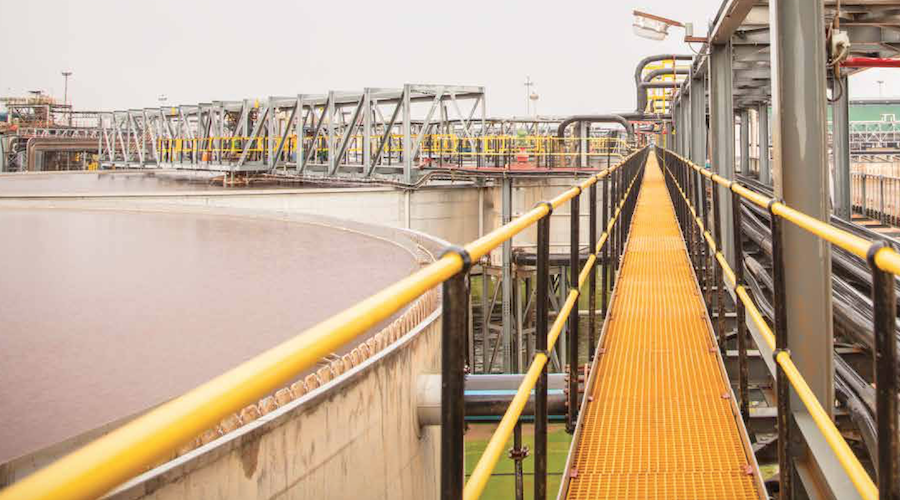
(Image courtesy of Chemaf)
The Democratic Republic of Congo’s state miner Gecamines is offering $1 million to buy cobalt and copper assets of indebted mining firm Chemaf to prevent China from increasing its control of critical metals in the country, two sources familiar with the details told Reuters.

Chemaf, a partner of commodities trader Trafigura, agreed to sell its copper and cobalt assets to Chinese defence and industrial giant, China North Industries Corp, or Norinco, in June.
Gecamines, which owns the lease to Chemaf’s mines, whose copper and cobalt are used in electric vehicles and clean energy infrastructure, was asked by Chemaf to approve the sale, but declined.
Gecamines later submitted an unsolicited bid for the Chemaf assets, deepening a standoff that has been complicated by US officials lobbying against China’s grip on the mineral-rich central African Copperbelt.
Chinese companies are major investors in Congo’s mining sector. CMOC Group is now the world’s biggest cobalt miner as it boosts output at Tenke Fungurume mine it bought from US-based Freeport-McMoRan just four years ago.
Gecamines offered to pay just under $1 million for the mines and processing plant, and wants to conduct an audit of Chemaf’s debts before structuring a payment plan to settle the borrowing, said the sources, who cannot be named because of the sensitivity of the matter.
Chemaf, whose debts have ballooned to $900 million to $1 billion, needs an additional $300 million to expand output and operate profitably, the sources said.
Norinco has offered between $900 million and $1 billion, including settling Chemaf’s debts and outstanding taxes, one of the sources said.
The Chinese miner also pledged to advance Chemaf’s plans to raise copper and cobalt output to about 75,000 metric tons and 25,000 tons, respectively, the source added.
Chemaf, which has been operating for the past 20 years, said on its website it has invested more than $610 million developing the second phase of Etoile and Mutoshi mines.
“I can confirm we made a better offer than Norinco did, subject to us conducting due diligence of the debt,” Gecamines chairman Robert Lukama told Reuters.
“And more importantly the government declined, and already informed Chemaf by letter that they will not accept the Norinco transaction and we also confirm that we will not give another chance to anyone else other than ourselves,” Lukama added.
Norinco’s move has drawn scrutiny by the US, with State Department officials lobbying Congo to block the deal, three sources told Reuters. The US wants Congo to find an alternative to Norinco, one of the three sources said.
Cash crunch deepens
The stalled deal has worsened Chemaf’s finances and if it fails completely, the Congolese miner’s key backers, including Trafigura, may either lend more or risk a prolonged period of uncertainty recovering their investments, the sources said.
“The lenders and creditors of Chemaf have faced significant financial hardship for more than 12 months as a result of money owing to them not being paid in accordance with the terms of loans, credit provided and invoices submitted for payment,” one of the sources said.
Chemaf is only processing stockpiles from its Etoile mine as expansion work at Mutoshi mine was halted when financing dried up, the sources said. The company is struggling to pay the salaries of its 3,500 workers, its power bills and security guards manning the sites, the sources said.
Chemaf declined to comment.
Chemaf entered into a 24-month creditors’ protection agreement in August 2023 that lapses next year. While the miner could also seek interim financing, its lenders want to see the Norinco deal concluded as soon as possible, one of the sources added.
Trafigura, one of the main creditors, declined to comment.
US officials are also rallying Western companies to consider buying the Chemaf assets, the sources said.
Norinco, which was sanctioned by the US since 2021, did not immediately respond to emailed queries. In Congo, it owns the Comika and Lamikal copper and cobalt mines in partnership with Gecamines.
(By Felix Njini, Pratima Desai, Julian Luk and Ernest Scheyder; Editing by Veronica Brown and Louise Heavens)


